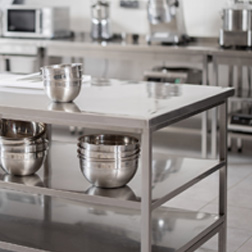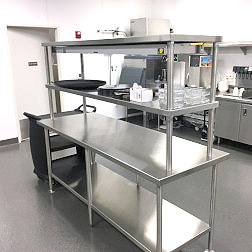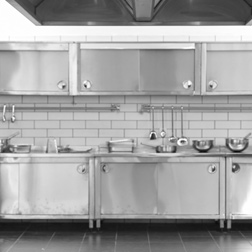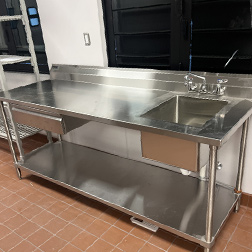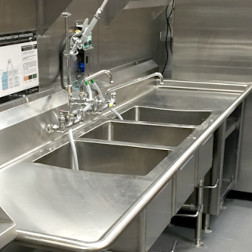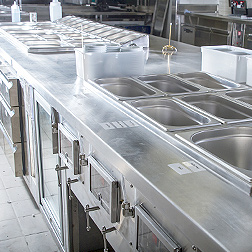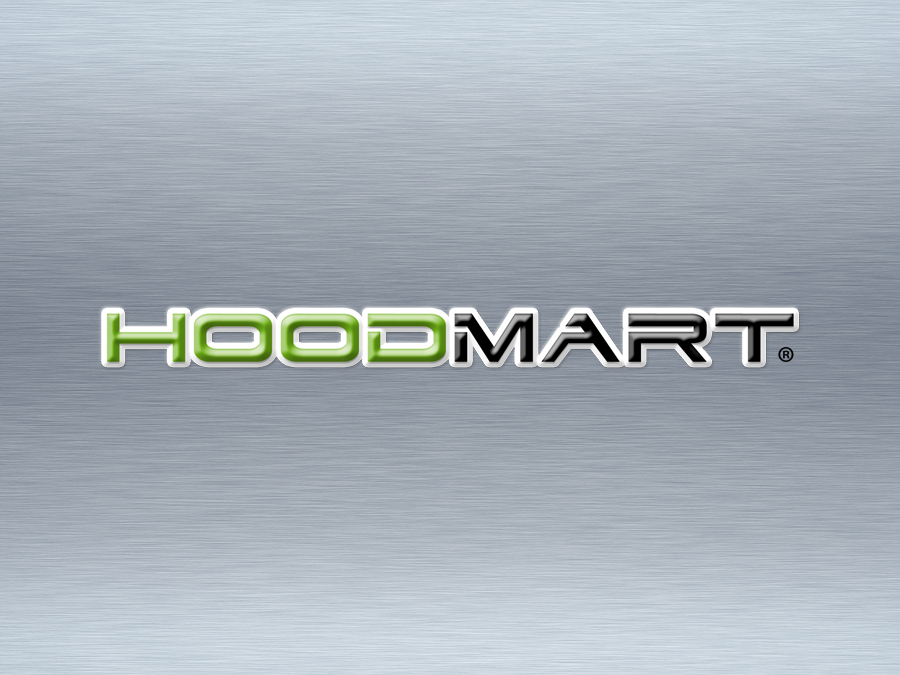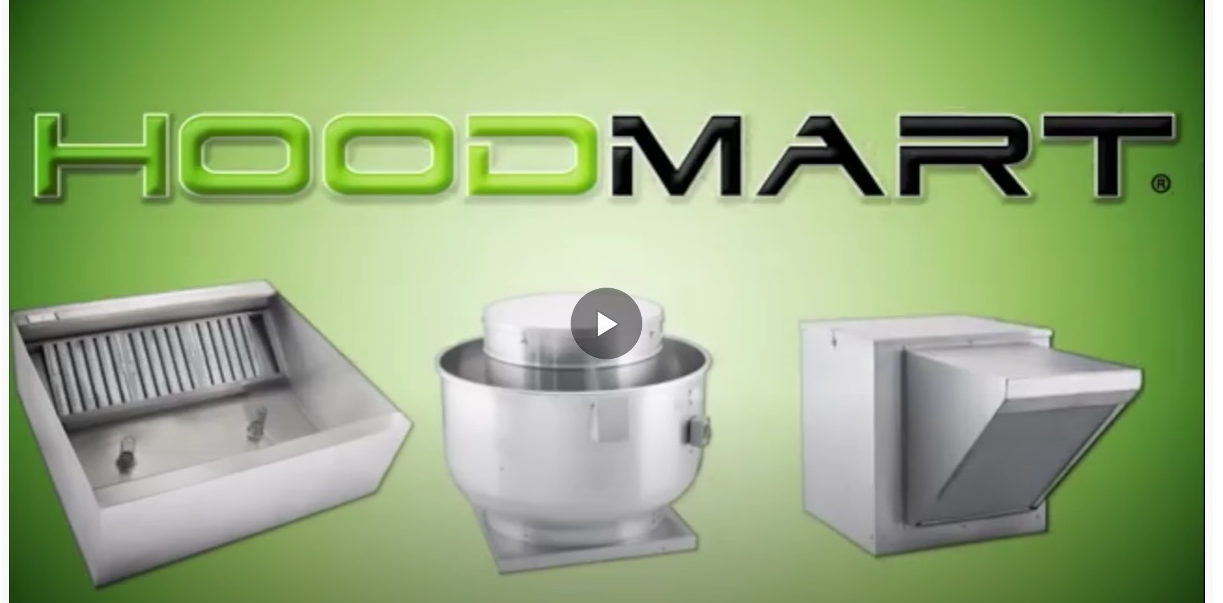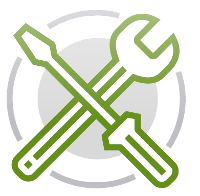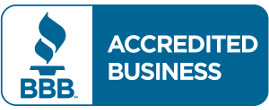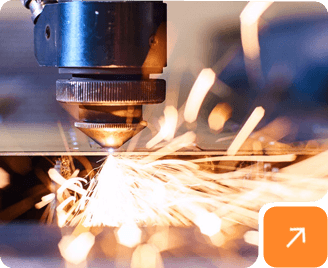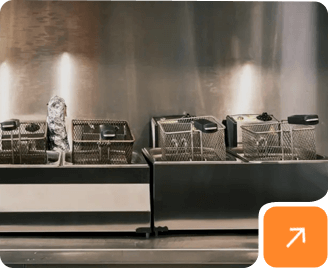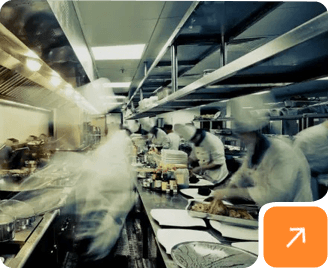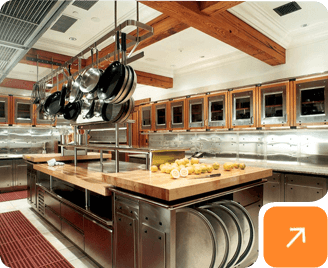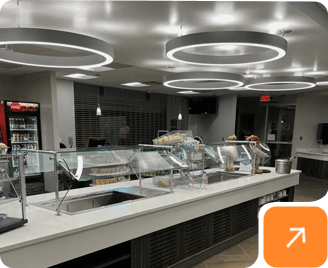We use cookies to help improve our services, make personal offers, and enhance your experience. If you do not accept optional cookies below, your experience may be affected. If you want to know more, please read the Learn more.
Year-End Kitchen Safety Check: Assessing Your Fire Suppression System
Year-End Kitchen Safety Check: Assessing Your Fire Suppression System
- December 19, 2023

As the year draws to a close, restaurant owners and kitchen managers are gearing up for the busy holiday season. While the kitchen may be the heart of your restaurant, it's also a potential fire hazard if not properly maintained. The safety of your staff, customers, and business assets should always be a top priority, and that's why it's crucial to conduct a thorough assessment of your fire suppression system, especially during this time of year.
In this blog post, we'll guide you through a step-by-step checklist for your year-end fire suppression system review. We'll cover everything from inspecting nozzles and discharge points to ensuring your control panel and alarm systems are fully operational. Plus, we'll discuss the importance of having a reliable fire suppression system and highlight HoodMart, a trusted provider of fire suppression systems for non-residential kitchens.
Why Regular Checks are Crucial
Regular assessments of your fire suppression system are not just good practice; they are essential for the safety of your kitchen and everyone in it. The consequences of a malfunctioning system can be devastating, including property damage, business interruption, and, most importantly, endangering lives. By conducting regular checks, you can prevent unexpected failures and contribute to overall kitchen safety.
Step-by-Step Checklist for Year-End Fire Suppression System Review
Inspect Nozzles and Discharge Points:
Your fire suppression system's nozzles play a crucial role in distributing the fire-suppressing agent effectively. Check for any clogs or blockages in the nozzles to ensure they are ready to function in case of a fire emergency. Additionally, make sure discharge points are clear and unobstructed to allow for the efficient release of the suppression agent.
Examine the Detection System:
A properly functioning detection system is the first line of defense against kitchen fires. Test and inspect detection elements, such as heat and smoke detectors, to ensure they are in working order. Prompt fire detection can be the difference between a minor incident and a catastrophic fire.
Check Pressure Gauges and System Status:
Pressure gauges are vital indicators of your fire suppression system's readiness. Regularly check pressure levels to ensure they are within the recommended range. This ensures that the system is in standby mode and ready to respond swiftly in case of a fire outbreak.
Review Control Panel and Alarm Systems:
The control panel is the brain of your fire suppression system, and alarms are its voice. Test all control functions on the panel to verify that it's fully operational. Additionally, check that alarms, both audible and visual, are functioning correctly. Timely alerts are essential for a rapid response to fire incidents.
Verify Adequate Agent Supply:
Your fire suppression system relies on a specific agent to extinguish fires. Ensure you have an adequate supply of this agent on hand. Regularly check the agent levels and schedule refills as necessary to guarantee your system's effectiveness.
Conclusion
As the year-end season approaches, make it a priority to assess and maintain your fire suppression system. Your kitchen's safety is at stake, and proactive measures can prevent disaster. HoodMart is here to help you achieve peace of mind with our dependable fire suppression systems. Our commitment to safety is reflected in the design and features of our systems. We provide user-friendly control panels, easily accessible components, and top-notch technology to ensure that your fire suppression system is both reliable and easy to maintain.
Don't wait for a fire emergency to realize the importance of a well-maintained system. Take action now to safeguard your kitchen, staff, and customers. Contact HoodMart today for a reliable and efficient kitchen safety solution. Your safety is our priority, and we're here to support you every step of the way!



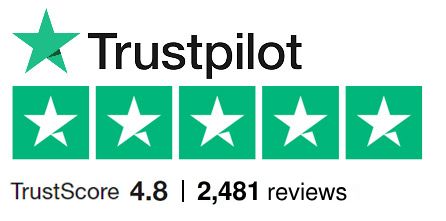



 CUSTOM FABRICATOR
CUSTOM FABRICATOR
